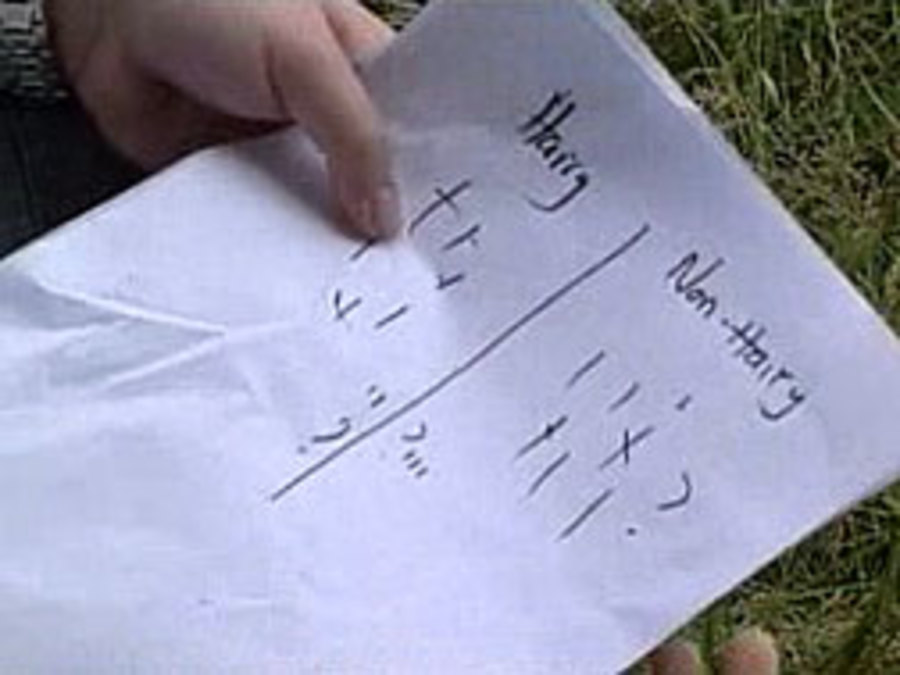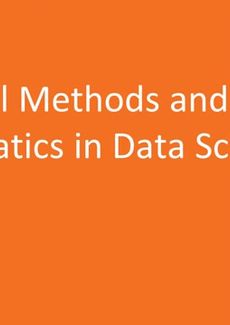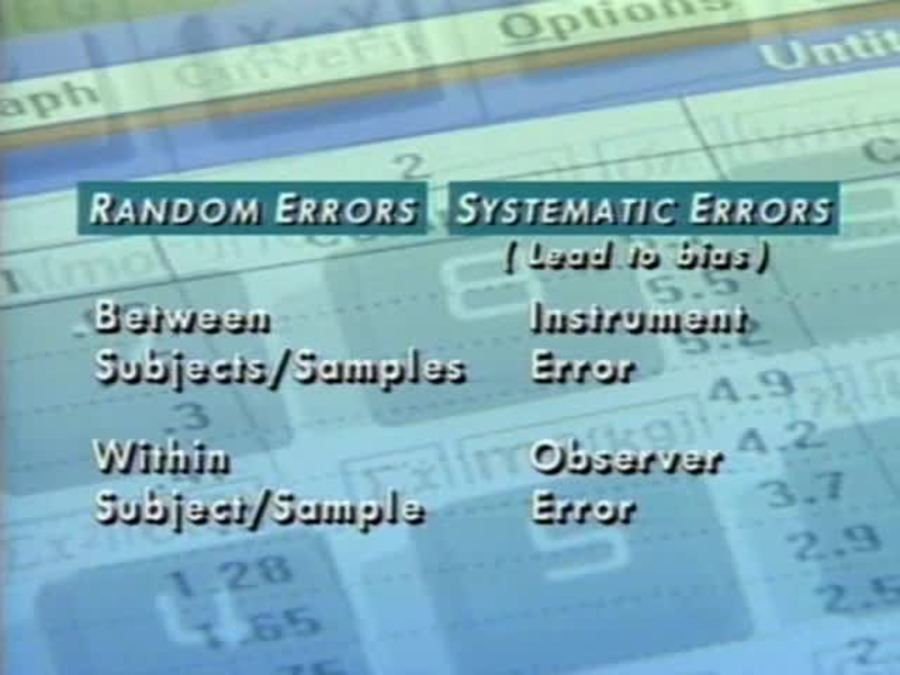 Try these videos to get started. Must be on campus or login with your COM account for off campus access.
Try these videos to get started. Must be on campus or login with your COM account for off campus access.
Want more on finding media? Try Articles & Media.
-
Clinical Research: Usefulness of Diagnostic Tests - Methods, Statistics, Results, and Interpretation (44:00)
Considering the role of clinical research in informing decisions about patient care, this DVD explores research and data analysis methods used to assess the utility of diagnostic tests.
-
Exploring Qualitative Methods (45:33)
This program illustrates experiments, designed and conducted by students, that revolve around sleep and dreams.
-
Hypothesis Testing (03:46)
The opposite of the null hypothesis is the alternate hypothesis. To find the mean hypothesis add up all the means and divide by the number of samples.
-
Introduction to Designing Experiments (23:11)
Adam suspects that most hairy dogs have balding owners. Testing his “pet” theory at a local park, he quickly finds flaws in his own experiment. This video demonstrates Adam’s second test, involving better preparation, more rigorous analysis, and an exciting pasta cook-off.
-
Longitudinal Data Analysis (1:06:00)
This lecture, presented by Robert Ployhart, features longitudinal data analysis.
-
Mediation Analysis (1:03:00)
This lecture/presentation, presented by David MacKinnon, discusses mediation analysis.
-
Organizing Quantitative Data (37:12)
This video focuses on effective ways to understand and organize data using descriptive statistics.
-
Probability (26:41)
What are the odds that a casino card dealer and a pair of Simon and Garfunkel wannabes know something about probability?
-
Statistical Methods and Applied Mathematics in Data Science (2:39:00)
About This Video: Get insights into data, then learn and make predictions from it. Become an expert in high-performance computing and visualization for data analysis and scientific modeling. Comprehensive coverage of scientific computing through many hands-on, example-driven recipes with detailed, step-by-step explanations.
-
Variability in Data Collection (02:59)
No scientific measurement can be totally precise but statistical methods give a way of dealing with data to produce more useful results. Checking blood pressure demonstrates the variability of data.
-
Variation and Bias (02:07)
Dart players demonstrate four outcomes based on variation of ability and darts that are biased or balanced. The goal in measurement is to have no Systematic Error and reduce Random Error.
![]() Try these videos to get started. Must be on campus or login with your COM account for off campus access.
Try these videos to get started. Must be on campus or login with your COM account for off campus access.









